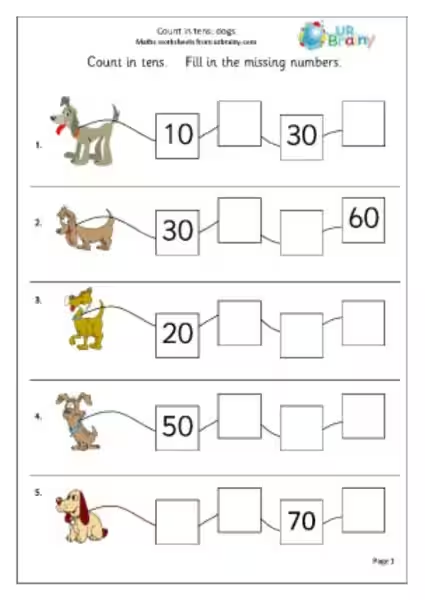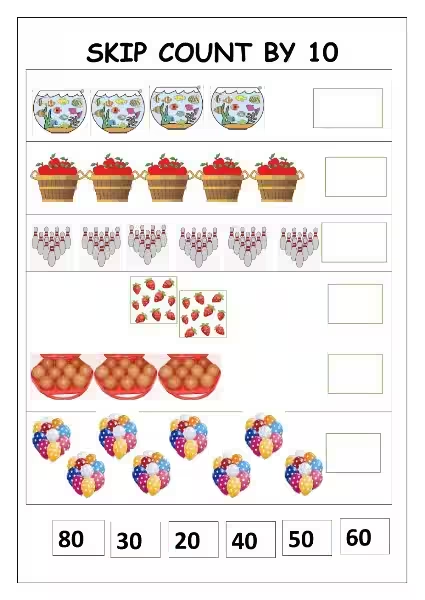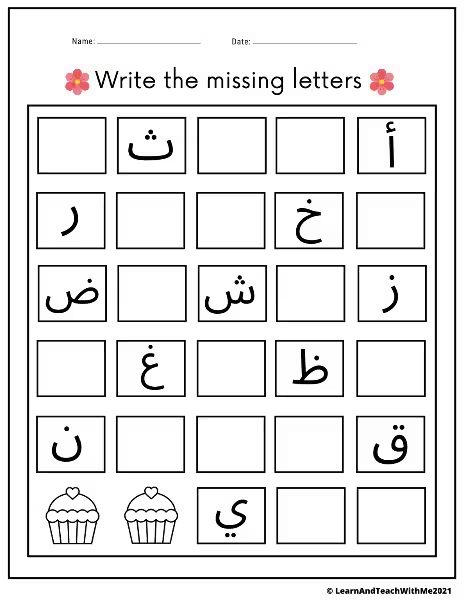
This article explores the practical use of “Arabic Shapes” worksheets, a valuable resource for ESL students with an Arabic background. We’ll delve into how these worksheets effectively teach fundamental shapes and colors in English, leveraging the students’ existing Arabic language knowledge for faster comprehension and engagement. Ready to unlock the benefits of this bilingual learning approach?
Understanding the Importance of Bilingual Resources
Bilingual resources, like the “Arabic Shapes” worksheets, are crucial for ESL students with Arabic backgrounds. They offer a bridge between their native language and the new one, fostering a sense of comfort and confidence in the classroom. This early sense of accomplishment is paramount for successful language acquisition. By utilizing familiar concepts from their existing language, teachers can create a more supportive and accessible learning environment.
These resources provide an immediate advantage, helping students feel more connected to the learning process and boosting their self-confidence. This initial confidence is essential for building a strong foundation in the target language. Teachers can utilize this resource as a starting point of connecting with the students’ home languages and learning styles.
Focusing on Practical Application
The “Arabic Shapes” worksheets are not just about memorization; they are about practical application. This practical approach emphasizes active learning and encourages students to actively participate in the learning process. Instead of purely theoretical exercises, these worksheets encourage hands-on practice.
By incorporating a practical approach, the worksheets facilitate a direct connection between the visual and concrete representations of shapes and their corresponding English names. This makes the learning process far more engaging and effective, enabling students to quickly connect the written word with its tangible form. This is a key component for making learning lasting and applicable.
The Core Components of the Worksheet
The worksheets are meticulously developed to cover both colors and shapes in a cohesive manner. This integrated approach is highly effective as it facilitates a natural link between these fundamental concepts. This dual focus is beneficial as it allows students to expand their vocabulary in two crucial areas vital for early education.
Key Components of the “Arabic Shapes” Worksheet:
- Tracing Worksheets: These worksheets provide a structured way to practice writing the shapes, reinforcing their visual representation.
- Flashcards: Paired with the tracing worksheets, flashcards help students memorize shapes and colors through visual cues.
- Assessment Sheet: This component allows teachers to track student progress and identify areas for further support or enrichment.
This integrated design maximizes learning by focusing on both memorization and application.
The Benefits of Using Arabic Shapes Worksheet
The “Arabic Shapes” worksheets offer a variety of benefits for ESL students:
- Enhanced Comprehension: The bilingual nature of the resource supports rapid comprehension, especially for students who are still developing their English vocabulary.
- Improved Confidence: The use of familiar concepts from the Arabic language bolsters student confidence and engagement from the outset.
- Practical Application: The worksheets emphasize hands-on activities, enabling students to apply their knowledge in a concrete way.
- Simplified Learning: By connecting with the students’ native language, the worksheets make the learning process simpler, more intuitive, and more enjoyable.
- Varied Learning Styles: The integration of tracing, flashcards, and assessments cater to varied learning styles, ensuring that the resource effectively reaches every student.
A Practical Tool for Teachers
The “Arabic Shapes” worksheets are highly adaptable for teachers. Their structure allows for integration into morning work, substitution plans, or even as a supplementary activity. This adaptability makes it particularly useful for teachers who want to seamlessly incorporate the resource in their existing schedule.
Its adaptability ensures it can be easily integrated into existing teaching routines. The resource’s versatility allows teachers to use it as a standalone activity or to connect it with other lesson plans, giving them the flexibility to adapt to the specific needs of their students.
The “Arabic Shapes” worksheets offer a powerful and practical approach to teaching shapes and colors in English to ESL students with an Arabic background. Its bilingual structure, focus on practical application, and varied learning activities create a supportive and engaging learning environment. This resource can be a valuable tool in maximizing learning efficiency and student engagement. By leveraging familiar concepts, it creates a foundation for continued success in English language development.
Arabic Shapes Worksheet FAQ
This FAQ section addresses common questions about the “Arabic Shapes” worksheet resource, designed for ESL students with an Arabic background.
What is the purpose of the Arabic Shapes worksheet?
The “Arabic Shapes” worksheet is a supplementary learning tool for ESL students with an Arabic background. It focuses on teaching English vocabulary related to colors and shapes, using a bilingual (Arabic-English) approach to enhance understanding and build confidence quickly. The worksheets are designed for use as morning work or substitute lesson plans.
Who is this resource for?
This resource is specifically designed for ESL students with an Arabic background. The bilingual approach, emphasizing practical application, is geared towards making early learning easier and more engaging.
What learning outcomes are expected?
The worksheets aim to enhance vocabulary acquisition of colors and shapes in English. The bilingual structure facilitates understanding and retention for students, creating a strong visual association. The exercises are designed to build confidence and establish a solid foundation for future English language learning.
What materials are included in the worksheet?
The worksheet typically includes tracing exercises for shapes and colors, flashcards for visual reinforcement, and an assessment sheet for tracking student progress. Some versions may also include a teacher observation sheet.
How can teachers use the worksheet effectively?
The “Arabic Shapes” worksheets are designed to be adaptable. These worksheets can be used as morning work, or as a substitute lesson plan, effectively fitting into various pedagogical strategies. The focus on practical application and visual aids allows for active learning and retention.
What is the unique approach of this resource?
The resource emphasizes a bilingual learning approach. It prioritizes practical application and visual aids to enhance understanding and engagement for students. The inclusion of tracing sheets, flashcards, assessment sheets, and potential teacher observation sheets provide a comprehensive learning experience.
Is there a theoretical framework behind the worksheet design?
The resource centers on practical application to improve vocabulary retention. The bilingual approach is designed to build student confidence and support English acquisition. The detailed structure and inclusion of assessment tools provide a well-structured learning experience.
How does the resource cater to different learning styles?
The combination of tracing activities, flashcards, and assessment tools accommodates different learning styles. The visual and hands-on elements cater to a broader range of learners.
What is the role of the assessment sheet?
The assessment sheet allows teachers to track student progress and identify areas needing further attention. It provides a structured way to evaluate comprehension and mastery of the vocabulary.
How can I access additional resources?
The document encourages users to follow the author’s publications and visit their online store for similar resources.
How will this resource help with morning work or substitute lessons?
The workbook’s focus on vocabulary building and visual reinforcement allows for quick and easy implementation into morning work or substitute lesson plans. This ensures continuity and focus on key learning concepts, even during unexpected adjustments in the teacher’s schedule.
Is there a specific age range for the target audience?
The resource is adaptable to various age ranges within primary education, as the complexity of shapes and vocabulary can be adjusted based on the students’ developmental level.
What is the relationship between the Arabic and English vocabulary?
The resource explicitly connects the Arabic and English vocabulary related to shapes and colors. This bilingual approach aids in comprehension and memorization for ESL students with an Arabic background.
Is this resource suitable for all ESL students?
While tailored to ESL students with an Arabic background, the principles of practical application and visual aids might be useful for other ESL students as well.
How does this resource help ESL students with Arabic backgrounds?
The resource leverages the students’ existing Arabic language knowledge to facilitate the acquisition of English vocabulary. This approach builds confidence and accelerates the learning process.








